The content of the article
Weed control is always a hot topic for all owners of their own garden. It would seem that a plot was recently weeded, they cleaned it of grass, but after a short time it again filled the garden.
Wheatgrass can be called the most tenacious weed. Although its root system is very thin, this does not prevent it from wading through even the thickest tree. If you allowed your site to be overgrown with wheat grass, then getting rid of it will be difficult, but possible.
How to get a long-term wheatgrass from your garden
Before you start cultivating the land, you should know that wheat grass, although it is a weed, has a lot of useful qualities. It has an excellent sedative effect when properly prepared. No wonder the ancestors said that any grass can heal a person, just wheatgrass became not convenient for us because it clogs the garden and prevents vegetables from growing.
Creeping grass got its name due to the fact that it creeps on the ground. Even a small root that penetrates the soil can spread very quickly across the territory, covering large areas. Very often people complain that wheatgrass “crawls” to them from neighboring, abandoned or untreated areas.
Quite often, gardeners fight the plant with the help of various herbicides. This saves both time and effort, but not health, as the chemicals remain on the growing crop. Therefore, it is better to try to remove wheat grass using harmless means.
How to remove wheat grass folk methods
Based on how neglected your land is, you can choose a more suitable way to deal with grass for you:
- Picking the root. This option is the hardest and longest. Here it is recommended to use not a shovel, but a pitchfork, because a shovel will only cut the root, and its particles will remain in the ground. With a fork, you need to pick up the weed bush and pull it out of the soil, trying not to damage the root system. Then you need to shake off the wheatgrass and throw it outside the garden. Although a time-consuming option, it is very effective.
- Cutting a young plant. This method is also not very pleasant, because it is long and painstaking. But it has a huge plus: additional fertilizer plot. With the advent of spring, you should begin to prune the recently overgrown grass, digging a little into the soil. After a few days, it will grow back, and you must cut it again. The meaning of the method is to "tire" wheatgrass. When you regularly prune the stem, the root is significantly weakened and is slowly “leaving” the garden.
- Use of a cultivator. The method is to grind the weed as much as possible, than to weaken its rhizome. After that, the grass breaks out easier and does not remain on the site.
- Blackout. All grass loves the sun, and wheat grass is no exception. With a lack of sunlight, the plant stops growing. Place a dark film on the garden, and sprinkle straw or peat on top. You can also use rubber slate, if there is no film at hand. This method guarantees the complete disappearance of wheatgrass before the end of summer.
- Sowing the plot with legumes. Weed simply does not tolerate them. You need to thoroughly plow the land and sow peas, radishes, corn or sunflower on it. Such plants drown out the root system of the weed and completely “devour” it.
- Oats as an option for weed control. This is another culture that is very “afraid” of wheat grass. On the site, it is worth making a lot of grooves and sowing them with oats, which should be mowed even before the seeds ripen.Then the mowed mass is laid down in layers and another layer of oats is sown on top, which is subsequently dug up. About three crops are grown in one season, thus completely ridding the land of weeds and enriching it with nitrogen.
- Spreading beds on wheat grass. Everything here is quite easy: just do not pay attention to the grass. Cardboard is spread on top of the plant, twigs, leaves and other plant litter are placed on it. All this is covered with earth and supported by bricks at the edges. Under such a bed, the weed cannot grow.
- The harmful effects of the sun. This method is the exact opposite of dimming. Place a transparent oilcloth on the areas affected by the wheatgrass and secure it well. Such actions should create the effect of a greenhouse under the sun. The process of extinction of the weed will last several weeks.
- Suppression of grass. Take a chance and plant buckwheat on the ground with wheat grass, which strongly dominates and clogs the rhizome of the weed.
Herbicide application
When you want to get rid of wheat grass specifically, do not spray the garden with it, but lubricate its leaves with a brush dipped in the preparation.
There are other options for getting rid of harmful weed. For example, pouring boiling water or vinegar on it. But they are not as effective as all those described in this article. Do not start your land, and then you will annually collect a large crop from it.
Video: how to easily and easily get rid of wheatgrass

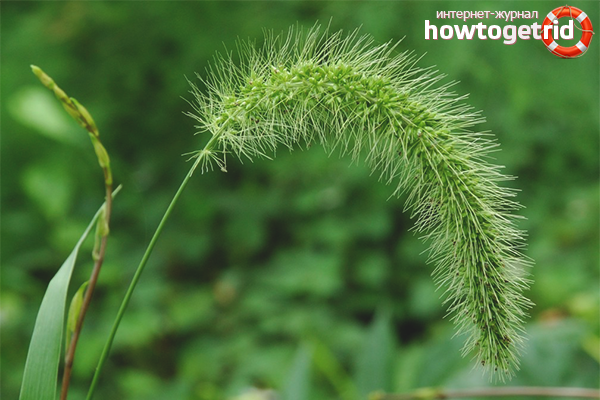

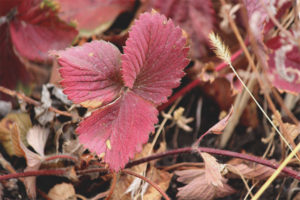
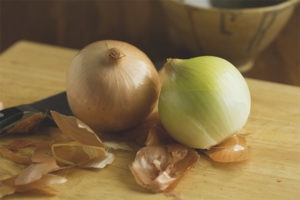
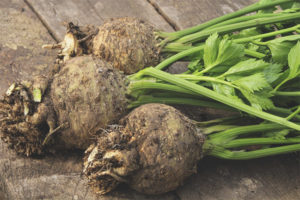
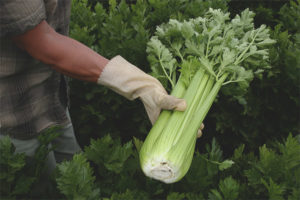
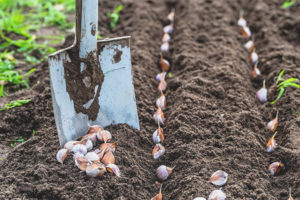
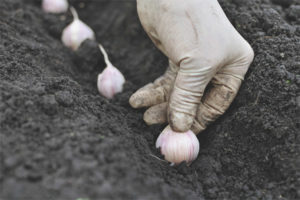
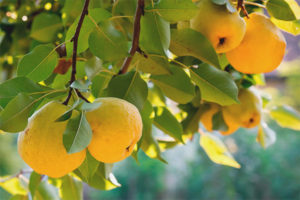
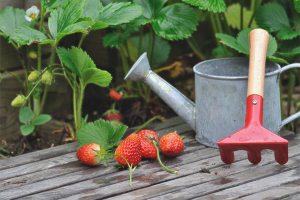
Submit